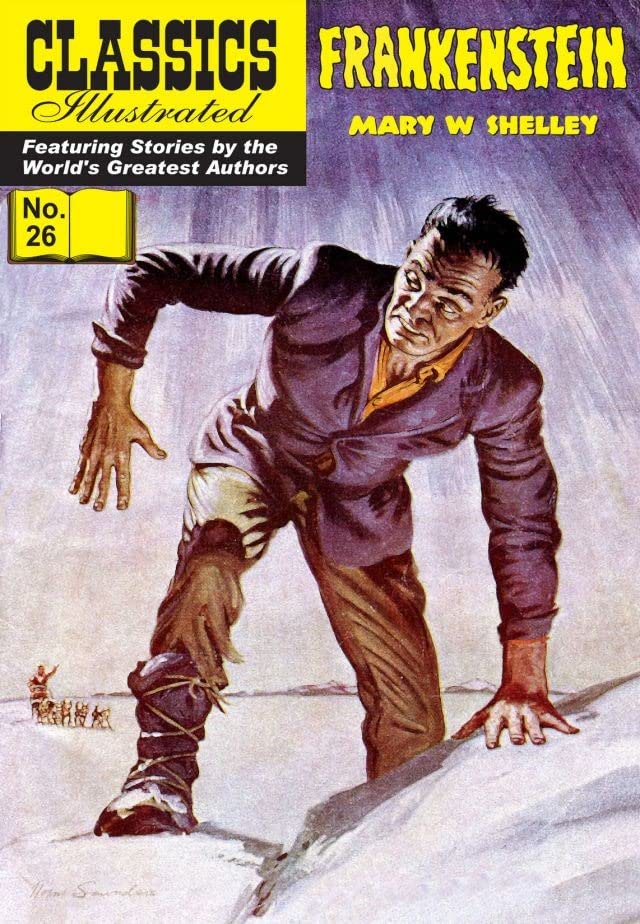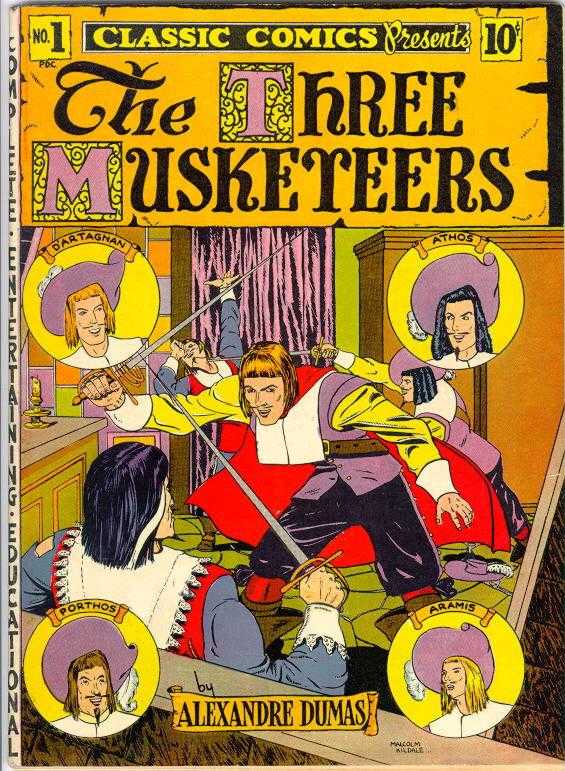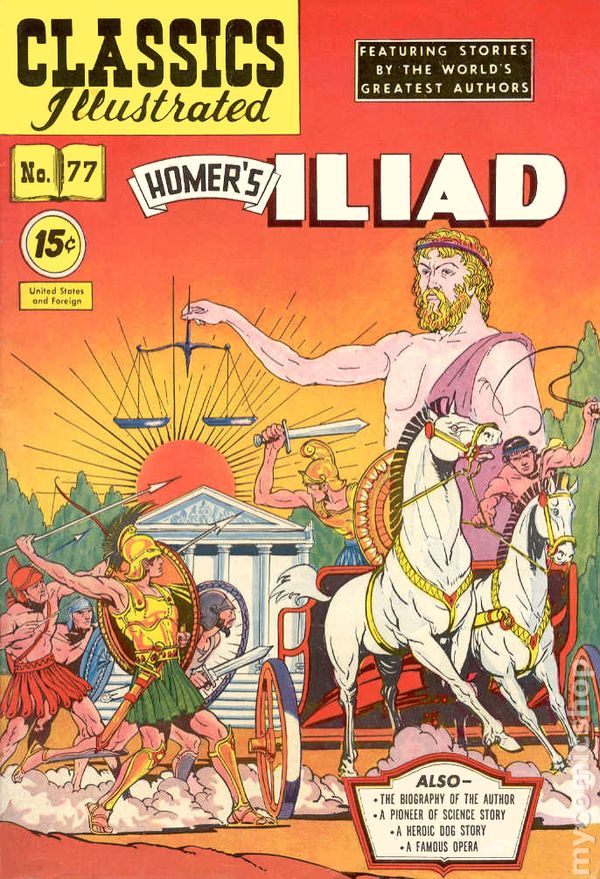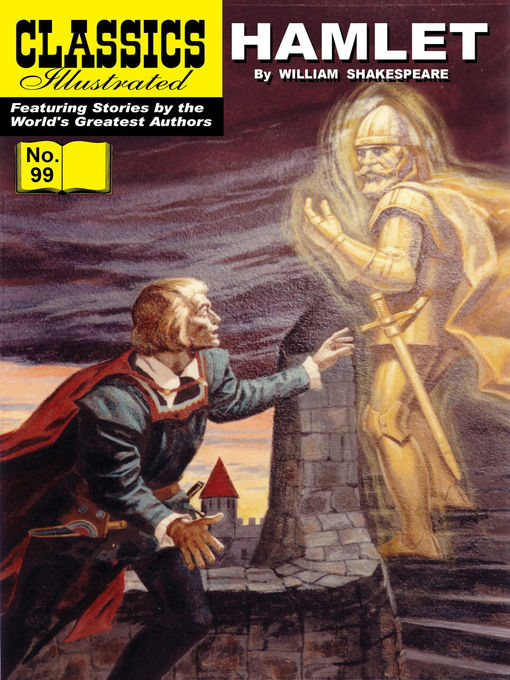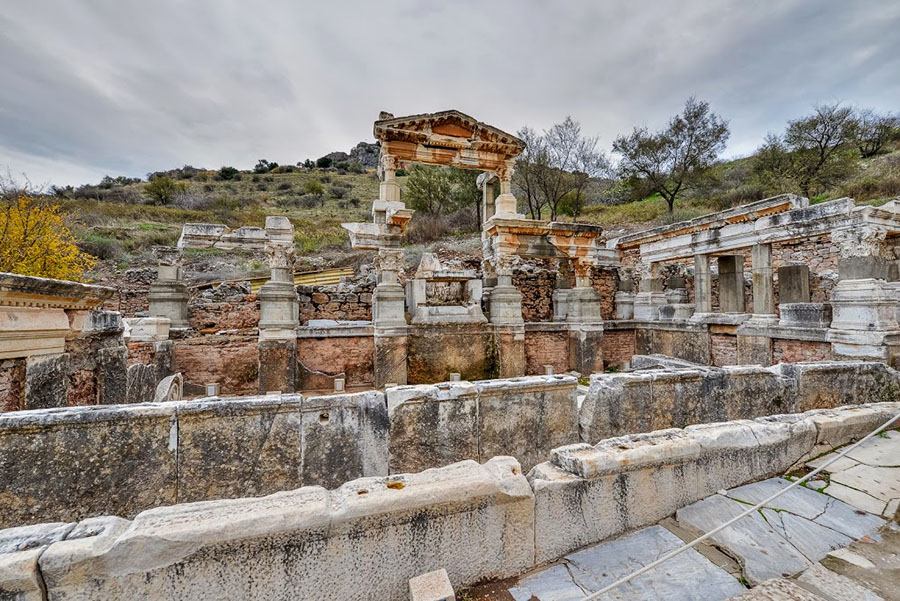The next L train is now arriving on the Manhattan bound track. Please stand away from the platform edge.
Thus begins Brooklyn saxophone-percussion trio Moon Hooch’s “Number 9.”
Anyone who’s taken the train into the city from Bushwick or Williamsburg two or three times, you should be able to chant along with no trouble.
“Mind the gap!” is a sentimental favorite of both native Londoners and first time visitors navigating The Tube with freshly purchased Oyster Cards.
Residents of Montreal are justly proud that their Metro’s closing doors signal is a near twin of Aaron Copland’s “Fanfare for the Common Man.”
Civil engineer Ted Green has been documenting the mass transit sounds that cue passengers that the subway doors are about to close since 2004, when he logged 26 seconds on the Piccadilly Line in London’s Russell Square Station:
In 2003 I used the Russell Square station daily for a week and it’s the first announcement that caught my attention… Back then the Piccadilly Line did not have on-train station and door closing announcements, it had the beeps, but the stations in central London had automatic announcements from platform speakers aimed at the open train door. Once the Piccadilly Line received on-train announcements a few years later, this announcement was phased out.
Over the course of a decade, the project has expanded to encompass announcements on suburban rail, railways, trams, and light rail.
His travels have taken him to Asia, Australia, Europe, and North America, where curiosity compels him to document what happens during “dwell time,” the brief period when a train is disgorging some riders and taking on others.
Whether the canned recording is verbal or non-verbal, the intent is to keep things moving smoothly, and prevent injuries, though passengers can become blasé, attempting to force their way on or off by thrusting a limb between closing doors at the absolute last minute.
Green’s incredibly popular video compilations aren’t nearly so harrowing.
As he told The New York Times’ Sophie Haigney and Denise Lu:
I think the appeal is the simplicity. You wonder, how can there be so many different variations of beeps? And then you listen, and they’re all so different.
The pandemic only increased his audience, as locked down commuters found themselves longing for the soundtrack of normal life.
It’s the same impulse that led software developer Evan Lewis to make an app of New York City subway sounds.
For those who want to bone up on their lines, information designer Ilya Birman, author of Designing Transit Maps, has scripted lists of London Underground and New York City subway announcements.
And Brooklyn-based Metropolitan Transit Authority worker Fred Argoff’s zine Watch the Closing Doors ushered civilians behind the scenes, sometimes exploring other cities’ subway systems or, in the case of Cincinnati, lack thereof.
Readers, do you have a fondness for a particular underground sound? Tell us what and why in the comments.
Related Content:
Designer Massimo Vignelli Revisits and Defends His Iconic 1972 New York City Subway Map
Ayun Halliday is an author, illustrator, theater maker and Chief Primatologist of the East Village Inky zine. Follow her @AyunHalliday
